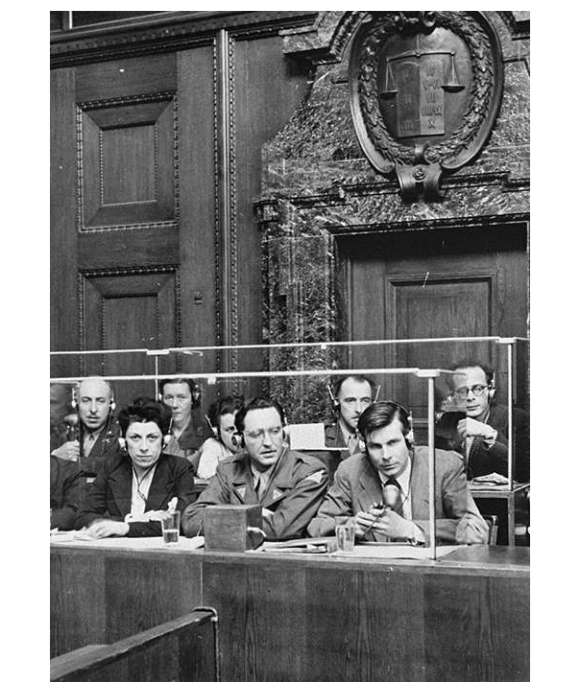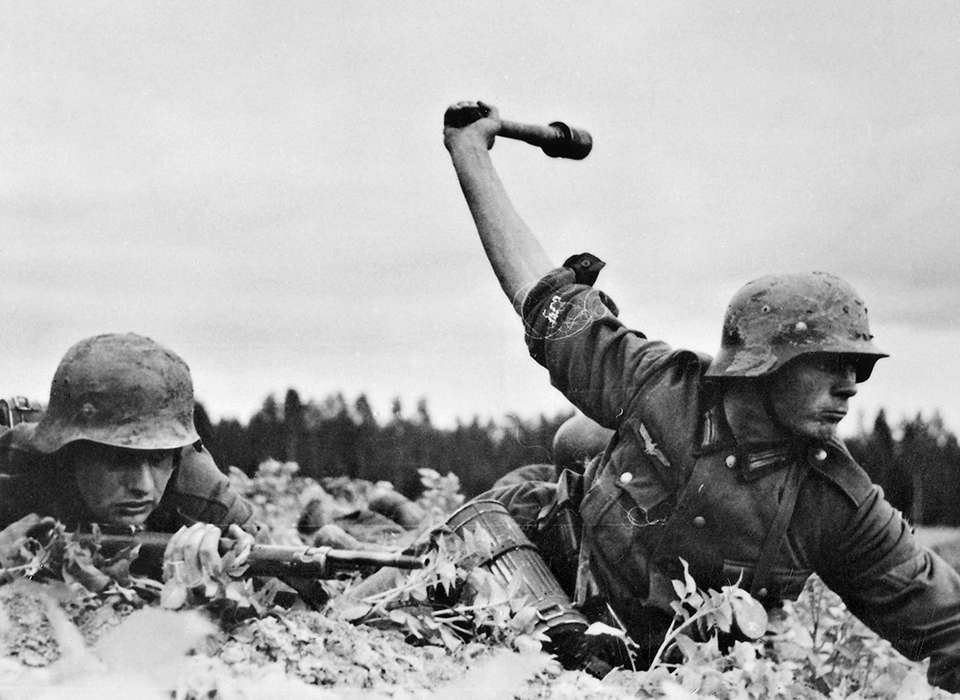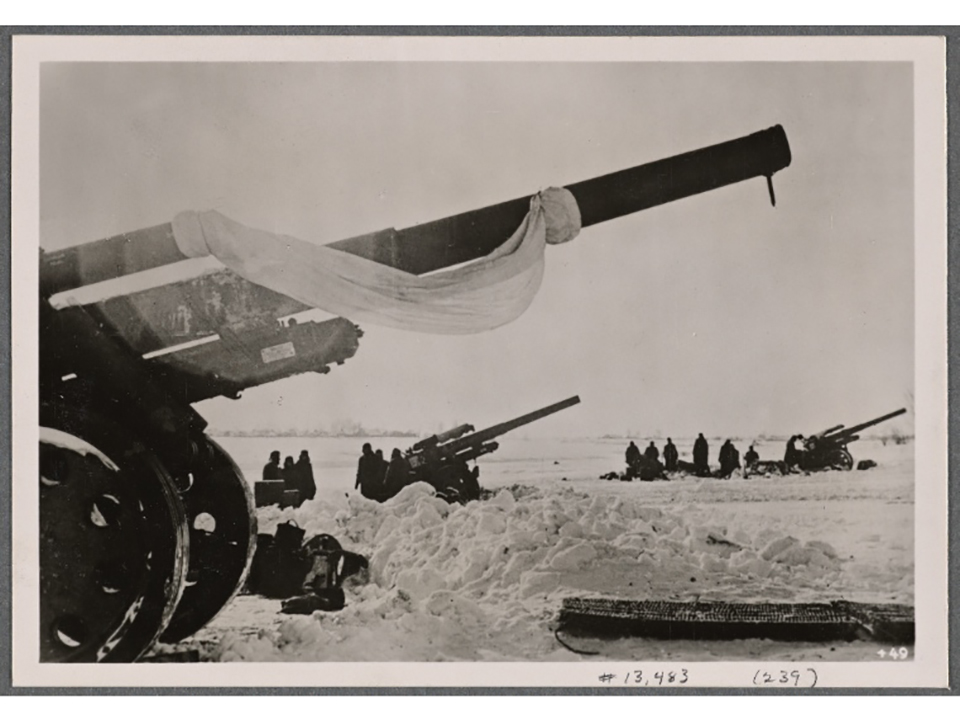Top Image: German troops in Russia courtesy of the National Archives.
The eminent WWII historian (and close friend of The National WWII Museum) Dr. Gerhard Weinberg often begins his lectures with a reminder to the audience that "the earth is round." This bit of commonplace wisdom serves to remind us that the events on any one front of the war necessarily had a major impact on all the others, and that it is impossible to discuss the various fronts in isolation.
If you ever need reminding of the "roundness" of the globe, all you need to do is to look back to the first week of December 1941. Two great events took place in that fateful month: the massive Soviet counterattack in front of Moscow on December 5 and the Japanese strike at Pearl Harbor on December 7.
Just a coincidence, you say? After all, it is a long way from Moscow to Pearl Harbor, some 7,000 miles, and that is about as far away as you can get on planet Earth. How could one of these events possibly have fed into the other?
It’s simple. Just remember Weinberg’s Law. The earth is round. The German defeat in front of the Soviet capital was the result of many factors, but above all of a serious German logistical overstretch, with replacements lagging behind losses, spare parts and fuel hard to come by, and reinforcements altogether absent. The drive on Moscow petered out in late October, with the arrival of the autumn rains, restarted briefly when the mud froze, then got stuck together with the hard freeze and snow of mid-November. The Soviets even liked to brag about two of their most stalwart and heroic commanders: General Mud and General Winter. By any reasonable standard, the time had come for the Wehrmacht to take stock, consolidate a good defensive position, and then use the new line as a jumping off point for an offensive in 1942.
“General Winter” in Russia caused enormous difficulties for the German army, whose soldiers were ill-equipped for the severe Russian winter. Photo courtesy of The Miriam and Ira D. Wallach Division of Art, Prints and Photographs: Picture Collection, New York Public Library. The New York Public Library Digital Collections, 1942.
But that did not happen—quite the opposite, in fact. The Germans kept pressing forward, suffering soaring casualties for decreased gain, and today we know one of the reasons why: Hitler and his staff kept driving the troops onward in order to impel the Japanese to enter the war.
The Führer knew the Japanese were considering a strike on the United States. Back in March, he had promised Japanese Foreign Minister Matsuoka Yosuke to support the Rising Sun in any war it launched on America. The Japanese, disappointingly, had refused to jump, deciding to spend the year in seemingly endless negotiations with Washington. They refused to jump in July, when the Wehrmacht was carving up the Red Army like a roast, and they were hardly going to do so if the Germans suddenly looked like losers in front of Moscow. Hitler desperately wanted Japan in the war. He was impressed with its military tradition, its never-say-die soldiers, and, of course, its big blue water navy, the wartime Reich's most serious strategic deficiency. A Japanese attack would keep the United States distracted and reduce the amount of American materiel flowing to the Allies: all good things for Berlin.
And so, the Wehrmacht kept going long past the point of diminishing returns, inching forward until advanced German formations were ridiculously close to Moscow, just 10-12 miles. In getting there, however, the Germans had fought themselves down to the last man and tank. German divisions were the size of battalions, and companies the size of squads. Frostbite injuries were rampant and winter clothing scarce—not because the Germans didn’t know it was going to be cold in Russia in December, but as a result of a deliberate decision to prioritize ammunition and fuel for the final forward drive. This ghost army was easy prey for the vast Soviet counteroffensive that opened on December 5, with no fewer than 17 fresh armies assembled just for this purpose.
Of course, the Japanese finally did take that long-awaited plunge, two days later, on December 7. They did so on their own schedule, for reasons of their own that had little to do with Hitler's operational decisions. But in hesitating as long as they did, they were one of the reasons that the Germans kept grinding forward, and the lateness of their strike on Pearl Harbor was one key driver in the German disaster before Moscow.
Like the wise man says, the earth is round.

Translating and Interpreting the Nuremberg Trials
Interpreters and translators were the unspoken heroes of the Nuremberg Trials. Their work at Nuremberg was a groundbreaking development in simultaneous interpretation.
Robert Citino, PhD
Robert Citino, PhD, is the former Samuel Zemurray Stone Senior Historian in the Jenny Craig Institute for the Study of War and Democracy.
Cite this article:
MLA Citation:
APA Citation:
Chicago Style Citation:








![Max Fuchs, New York City cantor, sings as Rabbi Sydney [sic] Lefkowitz, Richmond, VA, conducts the first Jewish services from Germany.](/sites/default/files/styles/max_650x650/public/2025-10/image1.jpg)

